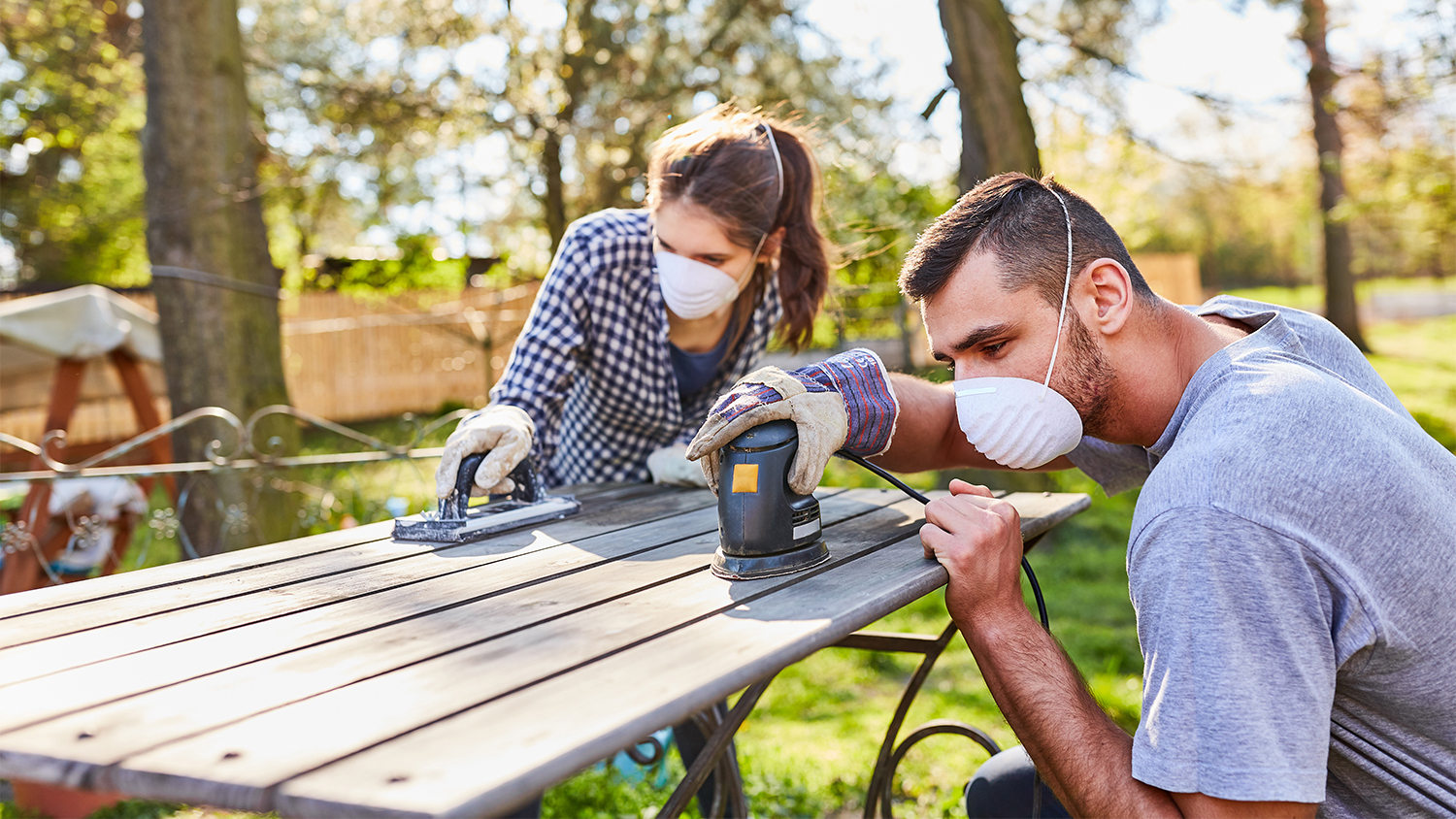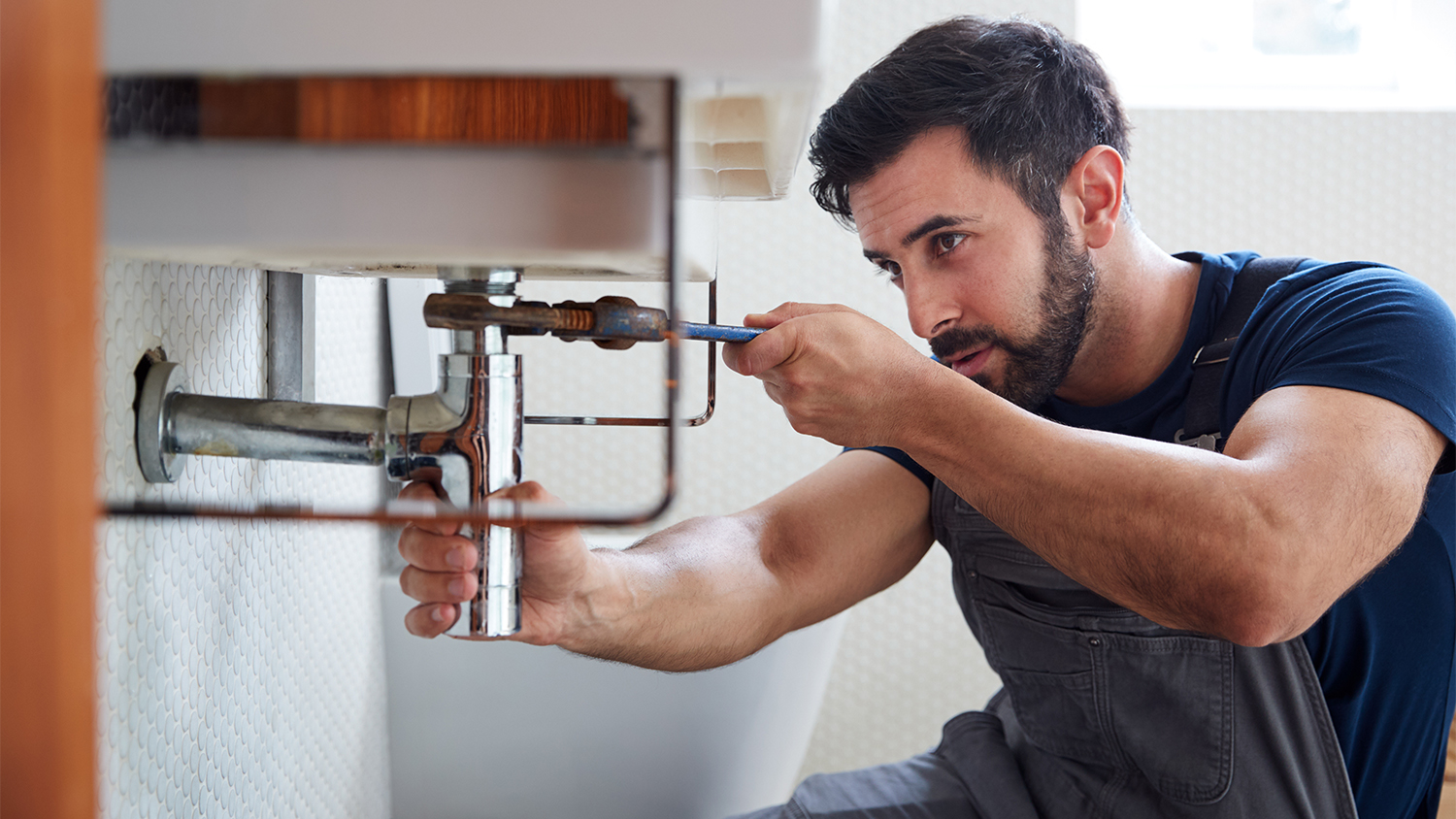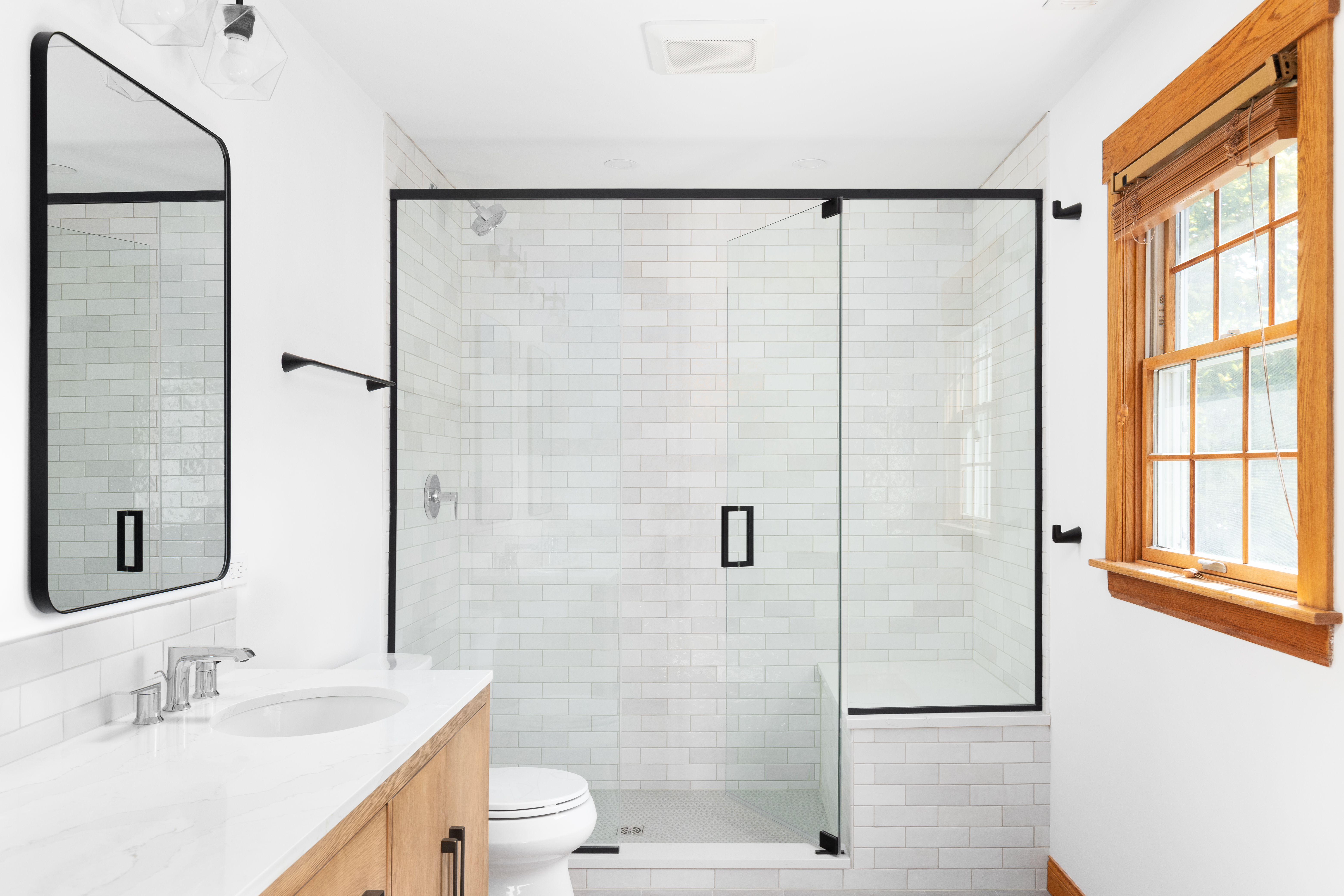
Building a guest house is one of the largest home projects and involves several different professionals. Learn about the cost to build a guest house and where you can save.
Home improvement projects aren’t as easy as they look on TV, so it’s important to do your homework


There’s nothing better than admiring the result of your own handiwork on a home improvement project. However, not all DIYs have happy endings. Some projects end in disasters like injuries, damage, and unfinished results. That won’t be your fate, though. Follow these 11 tips to take your DIY project to the finish line.
While some home improvement projects are fairly simple, others are complex, multi-step processes. Before you bust out the measuring tape, take the time to research your project and desired outcome to ensure it’s within your wheelhouse. Click around online to watch tutorial videos, read up on step-by-step guides, and take notes until you’re confident in what the project entails.
There’s nothing worse than being in the DIY groove only to discover you’re missing a key tool. Multiple trips to the hardware store are no merry-go-round either.
To start your project on the right foot, write down everything you’ll need, assess your toolbox, and then head out with a complete shopping list in hand. Many pricier tools are rentable, while the cost of smaller ones can quickly add up, so be sure to budget accordingly.

Not knowing how to use your tools can quickly lead to a DIY disaster, whether it’s wasted time, costly damage, or even personal injury. It’s alright if you’re not Bob the Builder, but it’s important to have a basic understanding of each tool’s function and safety hazards before using it.
For learning how to properly handle your equipment, YouTube comes in the clutch for visual how-tos, while your tools will include detailed instructions for safe and proper use. If possible, try practicing using the tools or equipment before tackling your project.
An Angi survey found that 25% of homeowners had to hire a professional to fix or complete their DIY project. You can prevent this costly setback by preparing in advance, knowing your skills and limitations, and understanding the risks involved.
Some home improvement projects involve safety hazards, and you don’t want to get surprised by them. Respect the safety risks and make necessary accommodations, such as asking a trusted person for assistance with heavy lifting, purchasing the right safety gear, and recognizing your limits. If you feel nervous or ill-prepared to complete any aspect of your task, you’re better off calling a local handyperson or a general contractor rather than risking your safety.
Before beginning a DIY project, gauge exactly how long it will take to complete. Then, take a realistic look at your schedule and decide whether you can fit it in. Rushing can lead to mistakes, emergencies, and small imperfections that will eventually drive you nuts. You might also put things off and get stressed out by the abandoned work-in-progress. Either way, you should ensure that you’re prepared to finish the project before starting it.
So, you’ve cleared your schedule and researched how to complete your DIY project. Now it’s time for an honest look at yourself, your habits, and your willingness to see the project through.
Many in-process DIYs leave parts of your home out of commission or take up valuable space in the common areas of your house. If you don’t think you’re able to finish the project on your own, consider hiring a pro to tackle the job for you.

Some projects call for a professional with experience and training, regardless of the amount of research you put in. For example, most plumbing projects are a no-go for DIYs, so it’s best to seek the expertise of a local plumber to get the job done right.
Electrical work is another project category that usually calls for a pro. There are codes to follow, not to mention a major risk of electrical shock. Don’t risk the potential disaster—call an electrician near you to handle the project.
The same rules apply to roofing-related projects that involve ladders. Leave the potentially hazardous tasks to the pros to avoid damage to yourself and your home.
Whether it’s a painting project or hanging heavy cabinets above your prized marble countertops, it’s important to protect your surroundings before attempting a DIY project. You’ll never regret taking extra precautions, but you could regret not taking them. Depending on the project, use surface liners, protection boards, or carpet and flooring protection to keep your surfaces safe from damage.
From average costs to expert advice, get all the answers you need to get your job done.

Building a guest house is one of the largest home projects and involves several different professionals. Learn about the cost to build a guest house and where you can save.

Remodeling your bathroom can add significant value to your home. Your bathroom remodel cost in Columbus, OH will depend on size, fixtures, materials, labor, and other factors.

A bidet—stand-alone, attachment, spray nozzle, or toilet combo—reduces toilet paper usage and saves money, but how much is a bidet? Here’s how much you’ll pay.

If your shower door has been acting up, it’s time to get it back in working order. You can adjust a shower door with some common adjustments.

An updated bathtub can give a bathroom a whole new look. Find out how much it costs to replace a bathtub in Denver, CO, including prices by type and labor costs.

Undermounted sinks are elegant upgrades to any kitchen and can add to your home’s resale value. But are they the best option? Here we’ll learn the pros and cons of having an undermount sink.